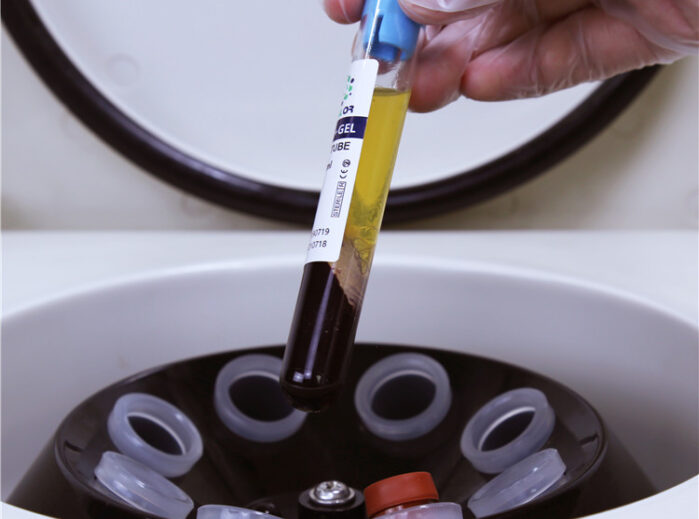Platelet-Rich Plasma (PRP) therapy has gained attention for its regenerative potential in various medical and cosmetic applications. However, as with any medical procedure, certain health conditions need careful consideration. One such condition is anemia. In this article, we’ll delve into the relationship between anemia and PRP injections, exploring whether people with any type of anemia can undergo this treatment safely and effectively.
Understanding Anemia
Anemia is a condition characterized by a deficiency of red blood cells or hemoglobin in the blood. Hemoglobin is essential for transporting oxygen from the lungs to the body’s tissues. Anemia can lead to fatigue, weakness, and reduced oxygen supply to organs and tissues.
PRP Therapy: A Brief Overview
PRP therapy involves drawing a small amount of blood, processing it to concentrate platelets and growth factors, and then applying or injecting this PRP solution into the targeted area. PRP’s growth factors stimulate tissue repair, reduce inflammation, and promote healing.
Can People with Any Type of Anemia Undergo PRP Injections?
While PRP injections might be suitable for some individuals with anemia, there are important considerations to keep in mind:
- Severity of Anemia: The severity of anemia is a critical factor. Mild anemia might have less impact on PRP therapy than more severe cases.
- Underlying Cause: The underlying cause of anemia matters. Anemia can result from various factors, including nutritional deficiencies, chronic diseases, or genetic conditions. Treating the underlying cause may influence the feasibility of PRP injections.
- Blood Clotting Factors: Anemia can affect blood clotting factors. PRP therapy involves using the patient’s blood, and any issues with clotting factors might influence the procedure’s safety and effectiveness.
Consultation with a Healthcare Professional:
Before undergoing PRP injections, individuals with anemia should consult with their healthcare provider, preferably one experienced in regenerative medicine. A comprehensive evaluation will help determine whether PRP therapy is a suitable option:
- Medical History: A thorough medical history, including details about the type and severity of anemia, will guide the decision-making process.
- Blood Tests: Blood tests can provide insights into the individual’s hemoglobin levels, clotting factors, and overall health status.
- Personalized Approach: The healthcare provider will consider the individual’s overall health, the specific condition causing anemia, and the intended purpose of PRP therapy.
The feasibility of PRP injections for individuals with anemia depends on several factors, including the type and severity of anemia, its underlying cause, and the individual’s overall health. While some cases of anemia might pose fewer concerns for PRP therapy, a comprehensive evaluation by a qualified healthcare provider is essential to make an informed decision. The safety and effectiveness of PRP injections should always prioritize the individual’s health and well-being, ensuring that any potential risks associated with anemia are thoroughly assessed and addressed.








